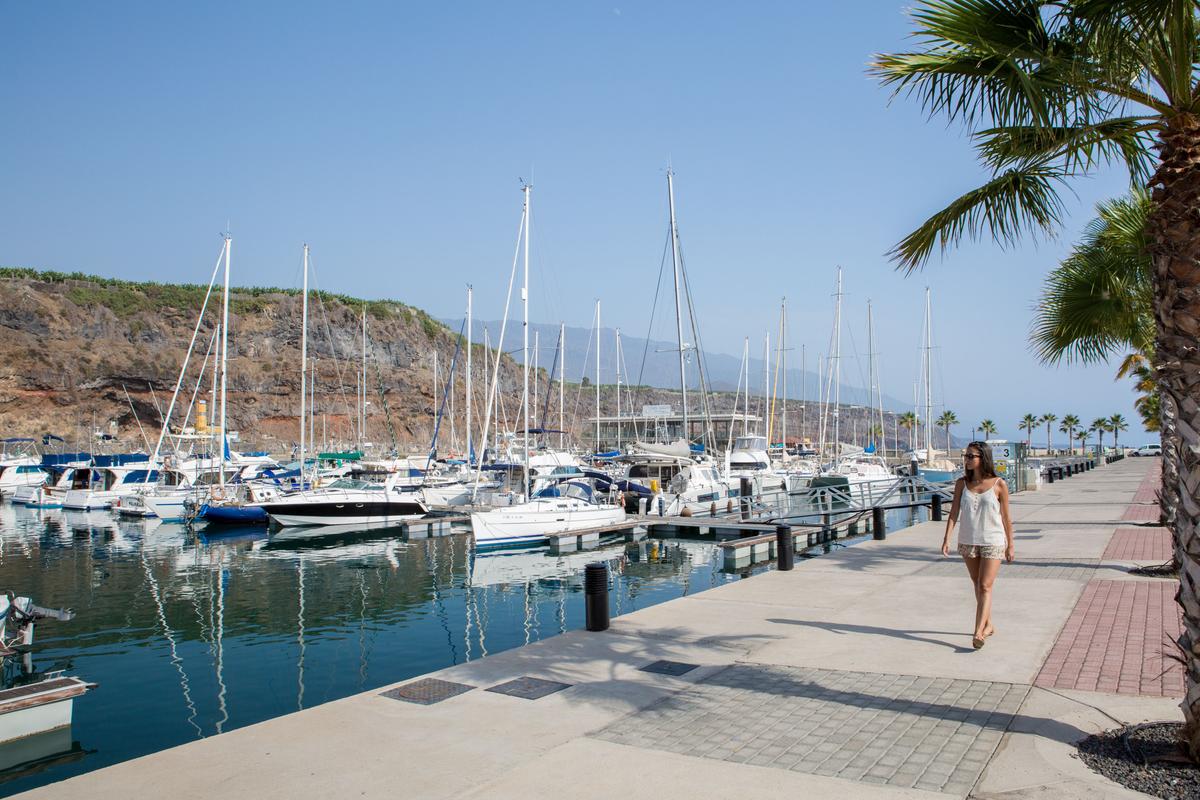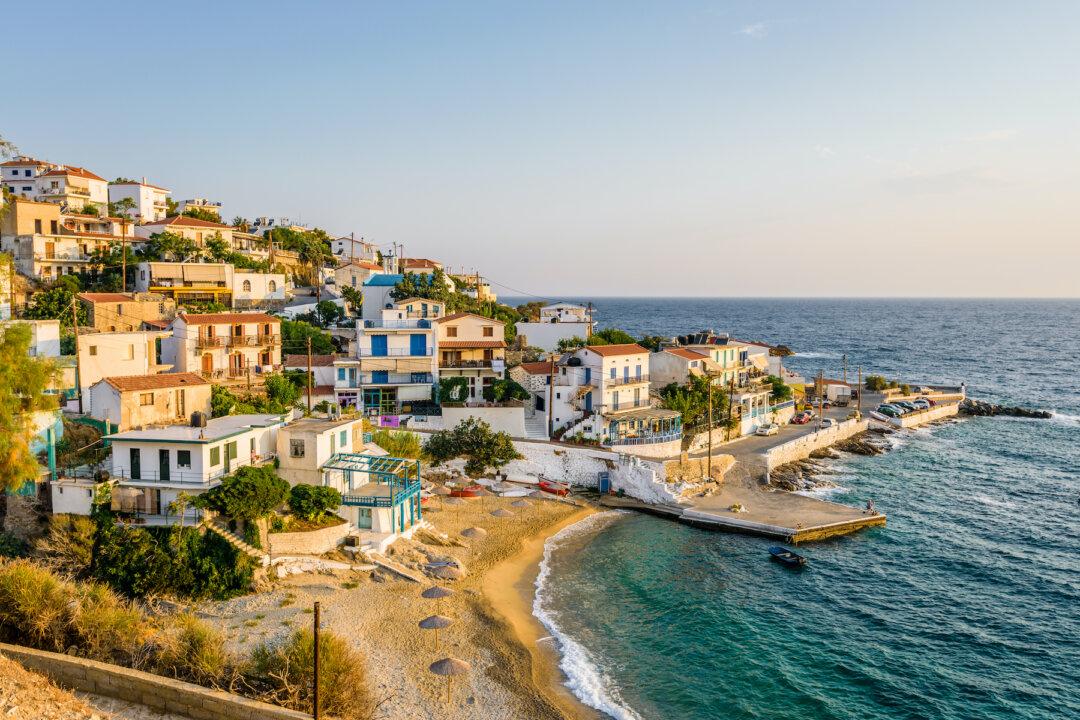I’ve always loved looking at the night sky. When I was a child growing up in Cyprus, I would count stars when I couldn’t sleep. Lying in bed, I turned the deep black above me into a stage, and found men on the moon and horses dancing across the galactic plains surrounding it.

The marina at Puerto Tazacorte on the west coast of La Palma. Copyright VisitLaPalma.es





